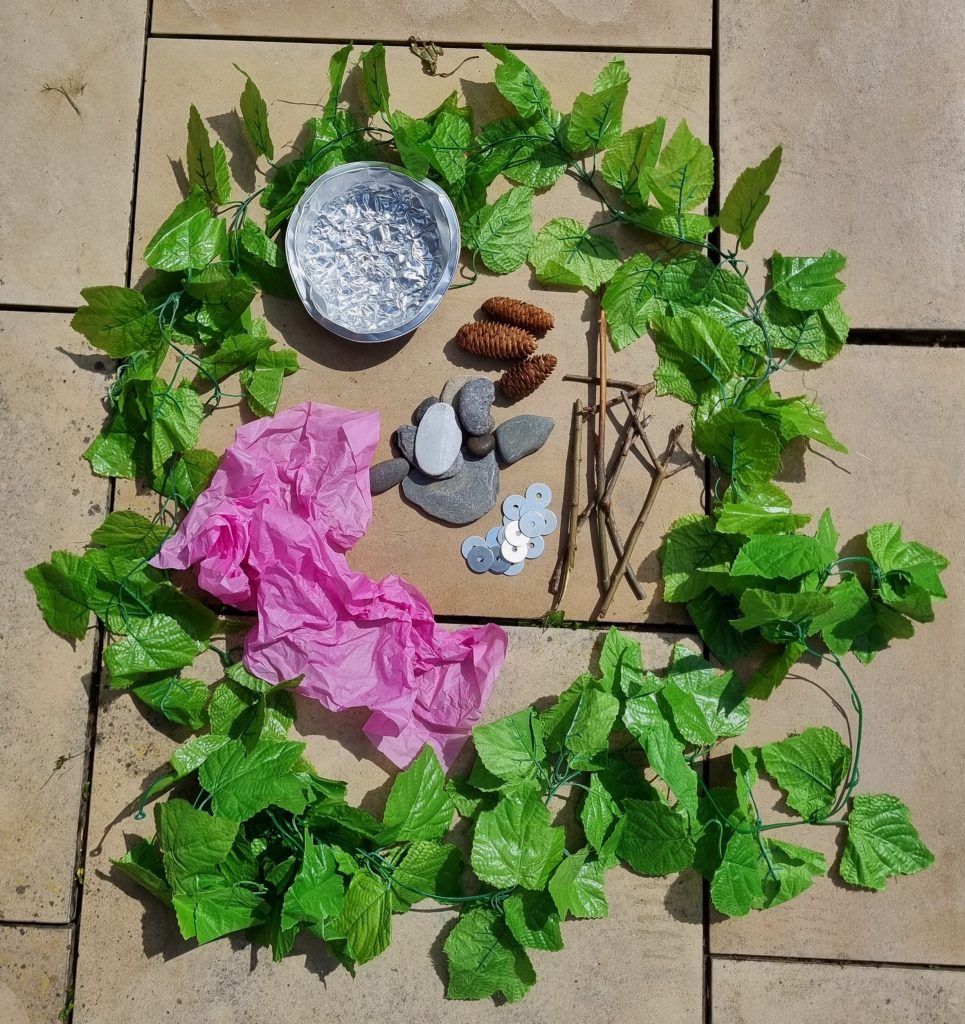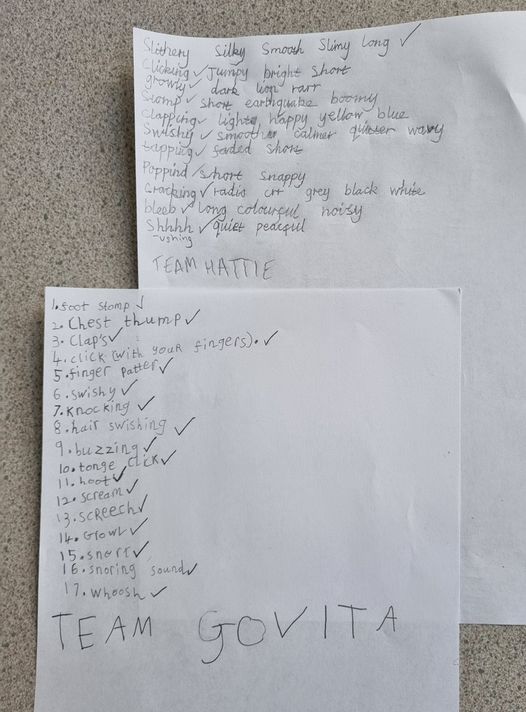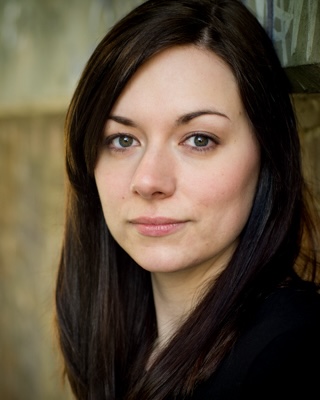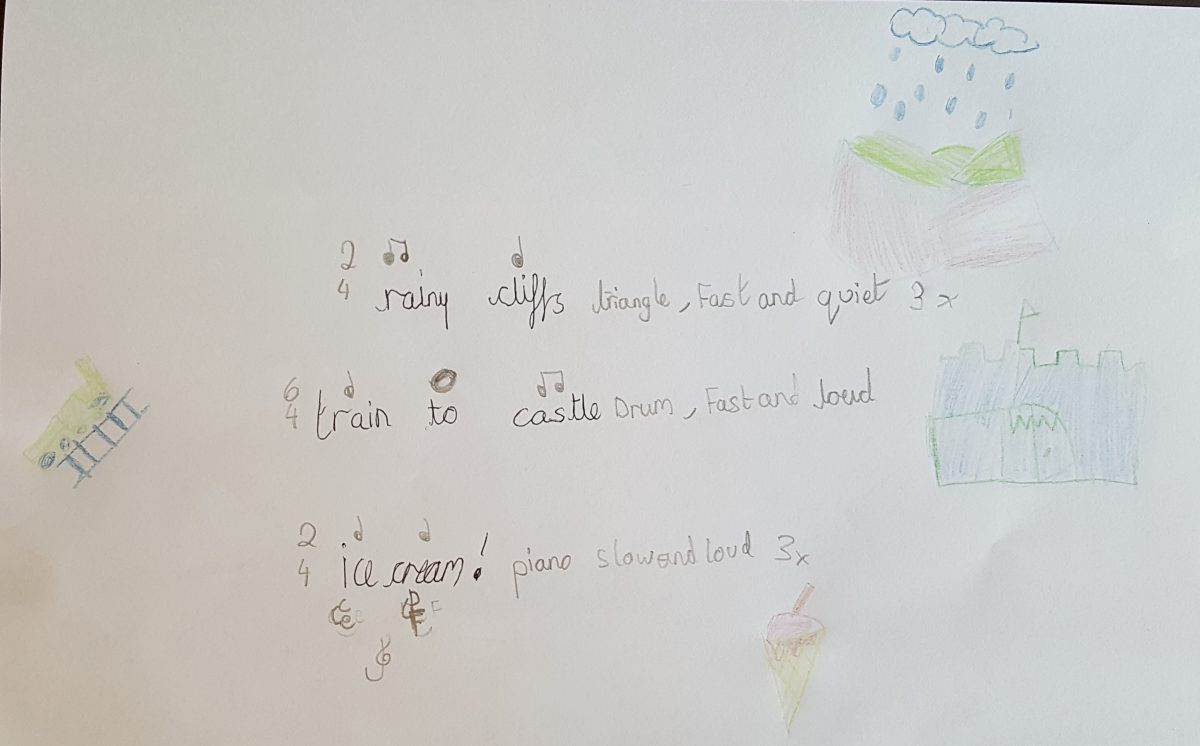An aural exploration of sounds that belong to an area

“The rustling paper sounds like shopping bags.”
Another child demonstrated how the sound of pinecones crunched up sounded like footsteps on crunchy leaves. Another likened the sound of metal washer clinking together to the sounds made by a cash register at shops. Pebbles tapped together sounded like a woodpecker. If you scrape the surface of corrugated cardboard, it sounds like a zipper being done up on a coat.
Words, words and more words came pouring out this morning to describe timbres on the Play House project “Does Birmingham Belong to Me?”. We challenged the students to write down / draw their ideas on sounds found in their respective areas of Sparkbrook and Kings’ Heath. I brought along this little collection of loose parts to help students at Montgomery Primary Academy verbalise their ideas about sounds as we explored soundscapes. Something tangible to touch, see and manipulate helped open the floodgates and made it easier for young students to talk about sound ideas.
The tinfoil pie dish was a big favourite. After being folded, rattled and drummed on the previously smooth surface became crinkly and lent itself to further creation of scrape-y sounds.





